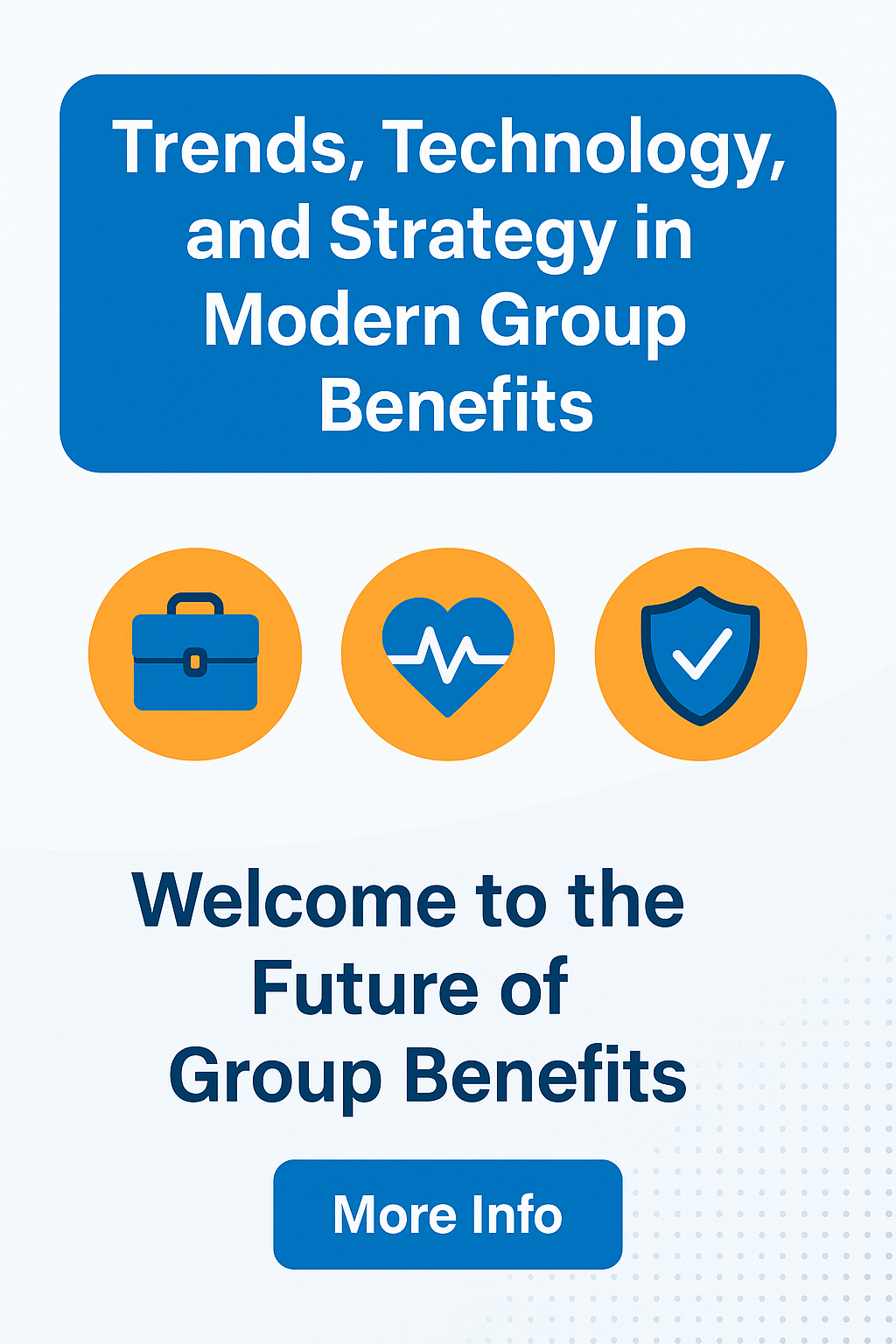The increasing cost of repairs, parts shortages and rising auto thefts are all driving up insurance rates across Canada. But the single biggest reason for the increase in rates in Alberta is the increasing costs of personal injury claims.
Alberta is undergoing significant changes to its auto insurance system, including a shift towards a no-fault model and increased rate caps for good drivers. The changes aim to streamline claims processes, reduce litigation, and provide better benefits for accident victims.
The “Care-First” system, expected to be fully implemented in 2027, will focus on care and support for those injured in collisions, rather than legal battles. Additionally, the rate cap for good drivers has been increased to 7.5% for 2025.
Here’s a more detailed breakdown of the changes:
Short-Term Changes (2025):
- Increased Rate Cap for Good Drivers: In 2025, rate increases for good drivers will be capped at 7.5% per year, with a 2.5% rider allowed for natural disaster-related costs.
“Good Driver” Protection:
This protection applies to drivers with no at-fault claims in the last six years, no criminal code traffic convictions in the last four years, and no major traffic convictions in the last three years.
Long-Term Changes (Starting 2027):
- No-Fault System (Care-First): A “Care-First” system will be introduced, shifting the focus to providing medical, rehabilitation, and income support benefits for all those injured in collisions.
Limited Right to Sue:
Victims of accidents will generally not be able to sue at-fault drivers, except in cases where the at-fault driver is convicted of a criminal offense (e.g., impaired driving).
Focus on Care:
The system aims to expedite the process of providing care and support for those injured, reducing the need for lengthy legal battles.
Independent Medical Examinations:
The legislation will outline the process for independent medical examinations, ensuring fair and transparent assessments of injuries.
Alberta Automobile Care-First Tribunal:
An independent tribunal will be established to address disputes between insurers and individuals regarding the benefits provided under the new system.
Key Objectives of the Reform:
- Reduce Litigation: The no-fault system aims to significantly reduce the need for court battles and legal fees.
Improve Benefits:
The Care-First system is designed to provide more comprehensive and faster access to benefits for accident victims.
Lower Premiums:
The government anticipates that the changes will lead to lower average premiums for drivers.
Hold Bad Drivers Accountable:
While the system focuses on care, it will continue to hold at-fault drivers accountable through higher premiums.
Becoming an Auto Insurance Broker in Alberta
Interested in a career in auto insurance? To become a broker in Alberta, you need to earn a Level 1 General Insurance License. A great first step is taking the ILS General Insurance Level 1 Licensing Exam Prep Course, which covers the essentials of auto, property, and liability insurance, as well as Alberta-specific regulations.
After completing the course, you must pass the Alberta Insurance Council’s Level 1 exam and find employment with a licensed brokerage. From there, you can start working with clients and continue your professional development through ongoing education and higher-level licensing.
It’s a solid path into a growing industry – especially with big changes ahead in Alberta’s auto insurance system.
Alberta’s auto insurance reform represents a major shift in how accidents and claims are handled, with a clear emphasis on supporting injured individuals over engaging in costly legal disputes. By implementing short-term protections for good drivers and laying the groundwork for a comprehensive no-fault system through the Care-First model, the province is aiming to create a fairer, more efficient insurance landscape. These changes are expected to provide better benefits, reduce litigation, and stabilize premiums in the long run. While the full impact of the reforms will unfold over the coming years, Alberta drivers can expect a system that prioritizes care, clarity, and accountability.




